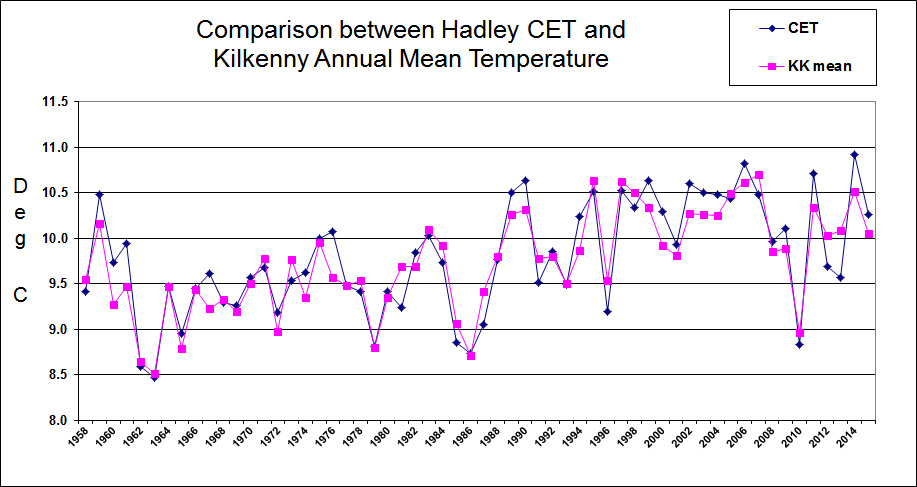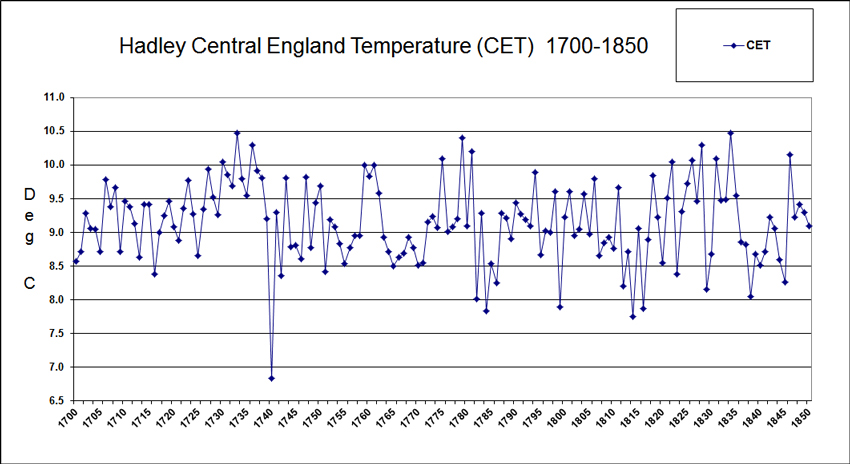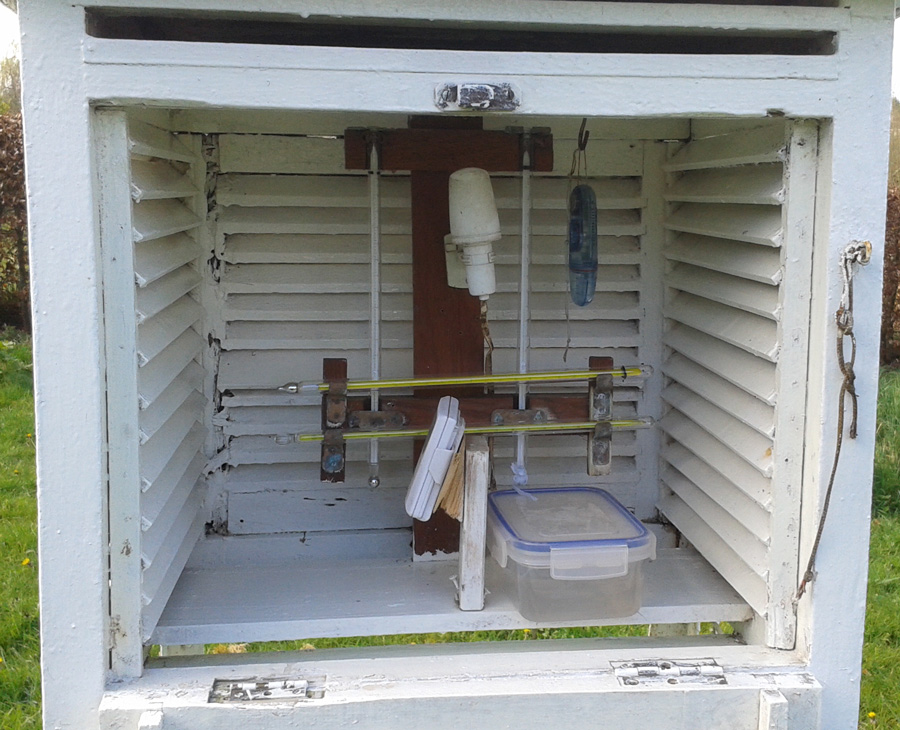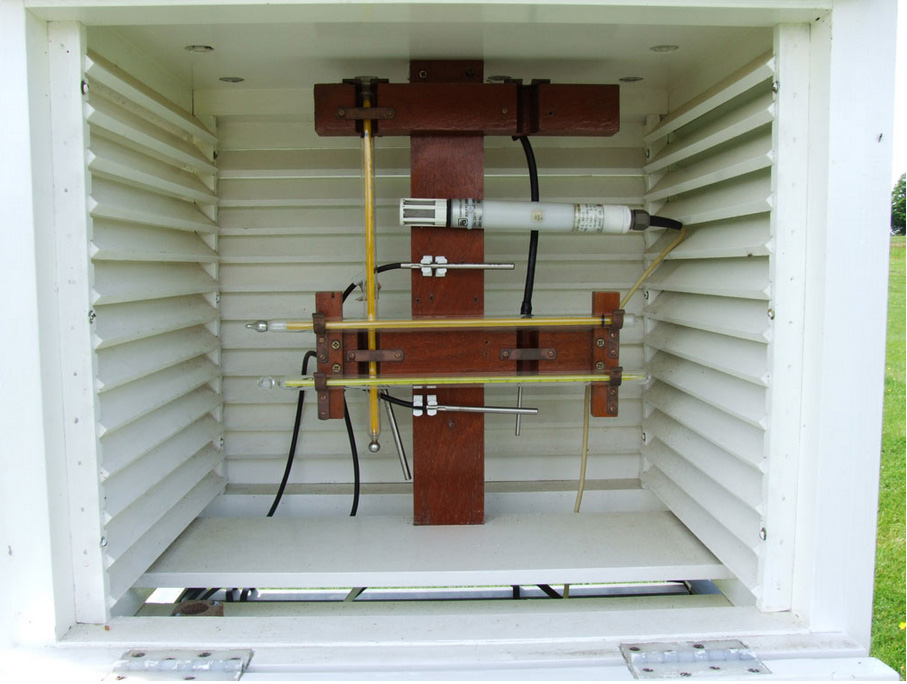The Little Ice Age (LIA) was a cold period that stretched from the 16th to the mid 19th century. In Ireland we have hardly any temperature records prior to the beginning of the 19th century (Records at Armagh began in 1794). However the Central England Temperature (CET) series goes back to 1659. This series produced by the Hadley Centre in England (after great research work by Manley), has very close parallels to the annual mean temperature at Kilkenny. At the peak of summer, English temperatures will be typically warmer and equally in deepest winter a little cooler, however as can be seen from the 1958-2015 chart below, when averaged out over the year, the CET and Kilkenny mean temp are very similar. In fact the average of the annual CET over this 57 year period was 9.79°C compared with the Kilkenny annual average of 9.74°C. Practically the same. It is not all that surprising really given that the general area encompassed by the three English stations that contribute to the CET (namely Stonyhurst, Rothamsted and Pershore College), is both inland and at the same lattitude as Kilkenny.

Below is the graph for the CET for the period 1700-1850. If we take our assumption from the first graph above that there is little difference between the annual CET and the annual Kilkenny mean and use the CET as a Kilkenny "proxy", we can get a good idea of what conditions were like in Kilkenny at this time.

The year 1740 in particular was a very cold year. The CET annual temperature was down at only 6.8 C compared to approximately 10 C now (annual mean for 1981-2010). This temperature level is more akin to present day south west Iceland. The year 1740 in Ireland was known as "Bliain an Áir" (Year of the Slaughter). Some have theorised on the cause for such a very cold year. One of the most likely causes was the eruption of Mount Taurmae in Japan in August 1739 which belched up a large amount of dust and ash high up into the atmosphere, thereby restricting incoming solar radiation for several months.
But not every year was outsandingly cold during the Little Ice Age - but there were many cold years e.g. 1784 (7.8 C) and 1799 (7.9 C). All considerably colder than even the worst years of more recent times 1963 (8.5 C) and 1986 (8.7 C). Ironically during this cold period Kilkenny experienced a dramatic population spurt. Compared with Scotland, only Glasgow and Edinburgh had a greater population. For what ever the reasons many people were now coming to live in Kilkenny and work in the mills and businesses of the city. Aside from the great flood already mentioned in 1763 , there were more floods again in 1776 when three stagecoach passengers drowned whilst trying to cross the river Bregagh. In 1771 three more people died in the snow when trying to cross the hills by coach from Kilkenny to Waterford. By 1821 the population stood at 23,230, close to early 21st century values. In 1832 cholera came to the city. But of course the big population decline set in after the potato famine of 1847. By 1851 it was down to to 15,257 and by 1911 it was only 10,514. By the mid 19th century the weather had turned milder as the Little Ice Age relinquished its grip - but unfortunately it was this very mildness that contributed to the spread of the potato blight. What was initially an agricultural disaster was exacerbated by the neglect of the British Government and turned into a catastrophic famine.
One final point on the Central England Temperature & Kilkenny. As can be seen from the recent images below, the temperature screen and liquid in glass themometers used at Rothamsted (one of the current CET stations) is identical to my own station :


 2017 Close Encounter with a Hurricane
2017 Close Encounter with a Hurricane